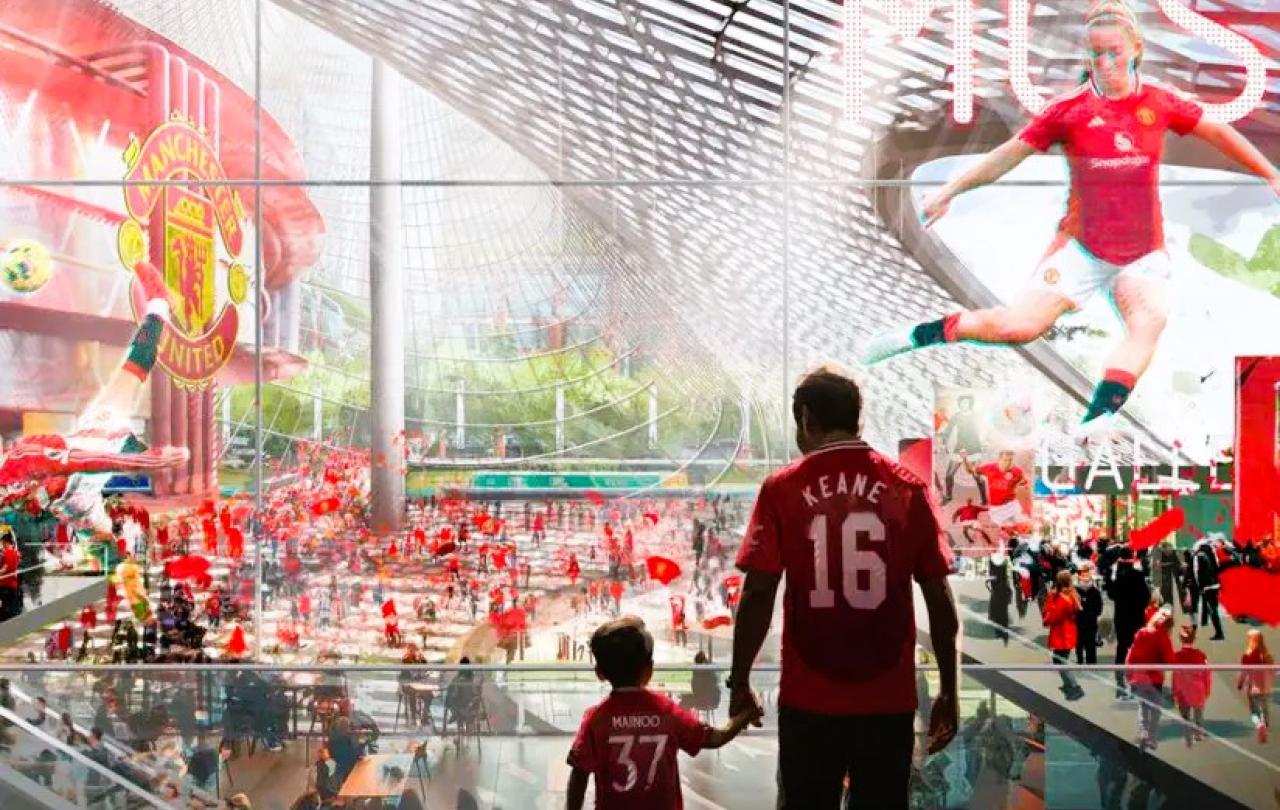
On the way back from a gig a few weeks ago, my dad asked me a question. “Are there any artists that you’d be so up for seeing that you’d pay anything for a ticket?”
Paul McCartney? Julian Lage? Stevie Wonder?
That’s about it really. Notwithstanding the fact that I’m running out of internal organs to sell to afford gig tickets nowadays, it struck me that a lot of the people I’d pay anything to see are now all dead. Some of them died long before I was born: Miles Davis, John Coltrane, Charles Mingus, Ella Fitzgerald, Jimi Hendrix, John Lennon (as part of The Beatles), John Bonham (as part of Led Zeppelin). And then there are the bands who split up before I was born, especially Waters-Gilmour-Wright-Mason era Pink Floyd and Gabriel-Hackett-Banks-Rutherford-Collins era of Genesis.
But there are a few artists I wish I’d had the chance to see in the fleeting moments we were alive at the same time. David Bowie, Jeff Beck, Gary Moore, Wayne Shorter, Herbie Hancock, Neil Peart (of Rush), Jeff Buckley (although as a 4-year-old when he died, he probably would have been lost on me back them.)
I was thinking about this question again while watching the Merseyside football derby in February. It was a proper Merseyside derby. By this, I meant that it ended up with fans on the pitch, fights, two players being sent off, and both Liverpool’s manager and assistant manager being sent off too. A proper Merseyside derby.
It was also the last ever Merseyside derby to be held at Goodison Park. And that made me profoundly sad.
I’ve driven past Goodison a fair bit. You catch site of it looming over Stanley Park as you walk up to Anfield. But I’ve never actually been to a match at Goodison. And now I never will. Goodison will soon join a growing list of football grounds that no longer exist: Highbury, Maine Road, White Hart Lane, The Dell, the Boleyn Ground. All gone.
Along with Goodison, another stadium has been added to the scrap pile in recent days. You may have heard of it: Old Trafford.
Yes, Manchester United – who last month announced 200 redundancies at the club, having previously made 250 members of staff redundant last year – have made the decision to spend £2bn on leaving the historic and iconic, if crumbling, Old Trafford stadium to move to a new 100,000-seat stadium. Turns out I only have a few more years to go to Old Trafford before it becomes another page in my book of regrets.
Highbury. Maine Road. White Hart Lane. The Dell. The Boleyn Ground. Goodison. Old Trafford. These are football’s cathedrals, and they are disappearing.
And all of this reminds me about the kind of debates that pop up whenever a church building – whether active or defunct – is used for a purpose that some Christians find disrespectful or blasphemous. Church buildings are often contested spaces; what goes on within them is policed in a way that simply isn’t the case for many other public spaces. Should they host heavy metal gigs? Should disused churches be converted into housing, as this slightly bizarre article seems to revel in.
When I used to live in Nottingham, there was a bar in the centre of town located inside an old church. It’s a gorgeous old building and it has largely survived the conversion into a bar. It is, it must be said, a lovely place for a drink. But it’s difficult not to feel at least a tinge of sadness that, where that place once reverberated with the sound of praise and worship, it now echoes with the thrum of drinks orders and club music. It feels haunted with the presence of God.
Look, things change, I know that. I’m not so nostalgic as to think that everything needs to stay as it was when I was a child. But it’s hard not to wonder about the histories that are being lost, and the stories that are being forgotten, when we demolish or repurpose our church buildings, or our football stadia.
There is a reason why we preserve our history, and our cultural heritage. Sharing the same physical space as those that go before us is a supremely spiritual act. We visit castle ruins, old churches, and war-torn battlefields because they connect us to those that went before. We enter the stories of those people and realise that perhaps they aren’t so different from our own stories.
Come May, the Gwladys Street End at Goodison will have sung its last song. In the near future, Old Trafford’s Stretford End will fall silent, too. Liverpool’s owners FSG have come in for a lot of criticism since taking over in 2010. But, along with appointing Jürgen Klopp, their decision to renovate rather than move away from Anfield will surely go down in history as an unqualified success. It is a place that reeks of history, of stories past. And those stories shape and underwrite the club’s stories in the present.
Again: things change, I get that. But whether it’s the church’s buildings or football stadia, we lose these spaces – and the stories born within them – at great cost to ourselves.
Celebrate our 2nd birthday!
Since March 2023, our readers have enjoyed over 1,000 articles. All for free. This is made possible through the generosity of our amazing community of supporters.
If you’re enjoying Seen & Unseen, would you consider making a gift towards our work?
Do so by joining Behind The Seen. Alongside other benefits, you’ll receive an extra fortnightly email from me sharing my reading and reflections on the ideas that are shaping our times.
Graham Tomlin
Editor-in-Chief





